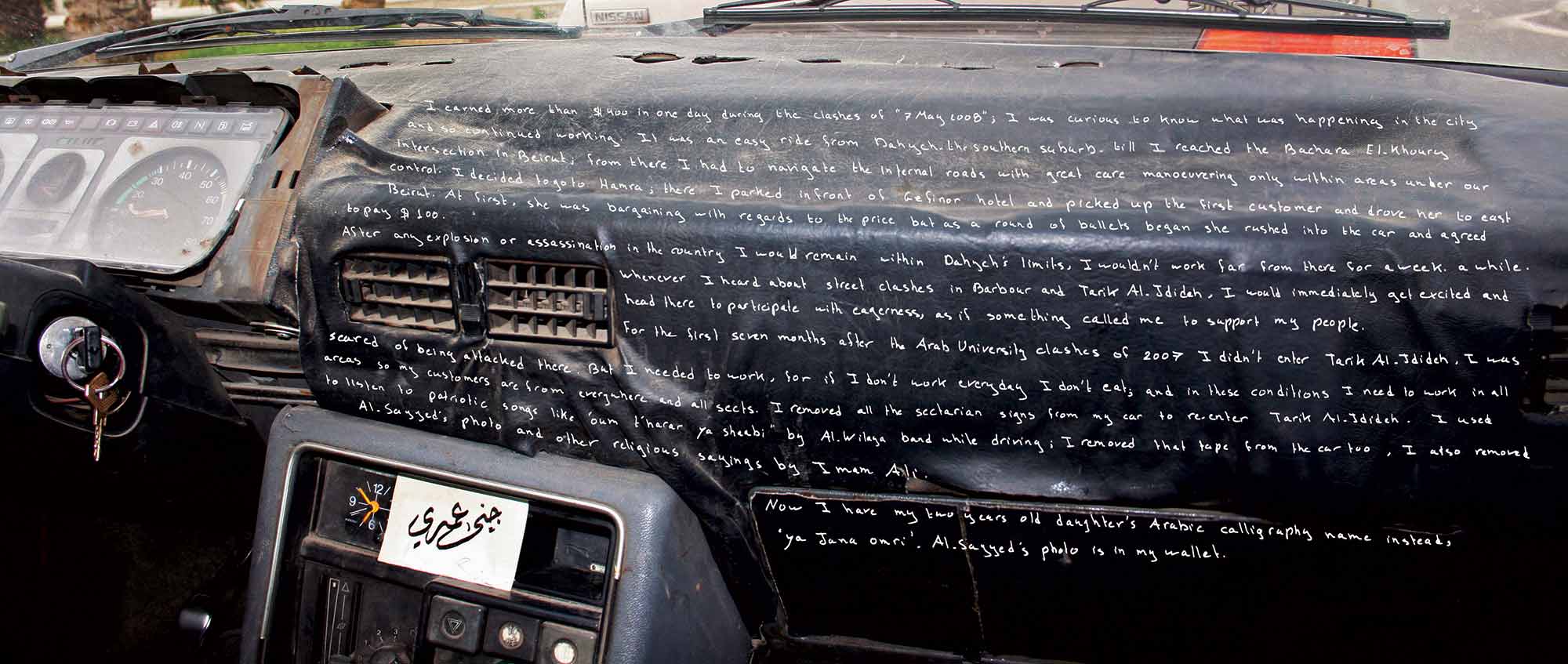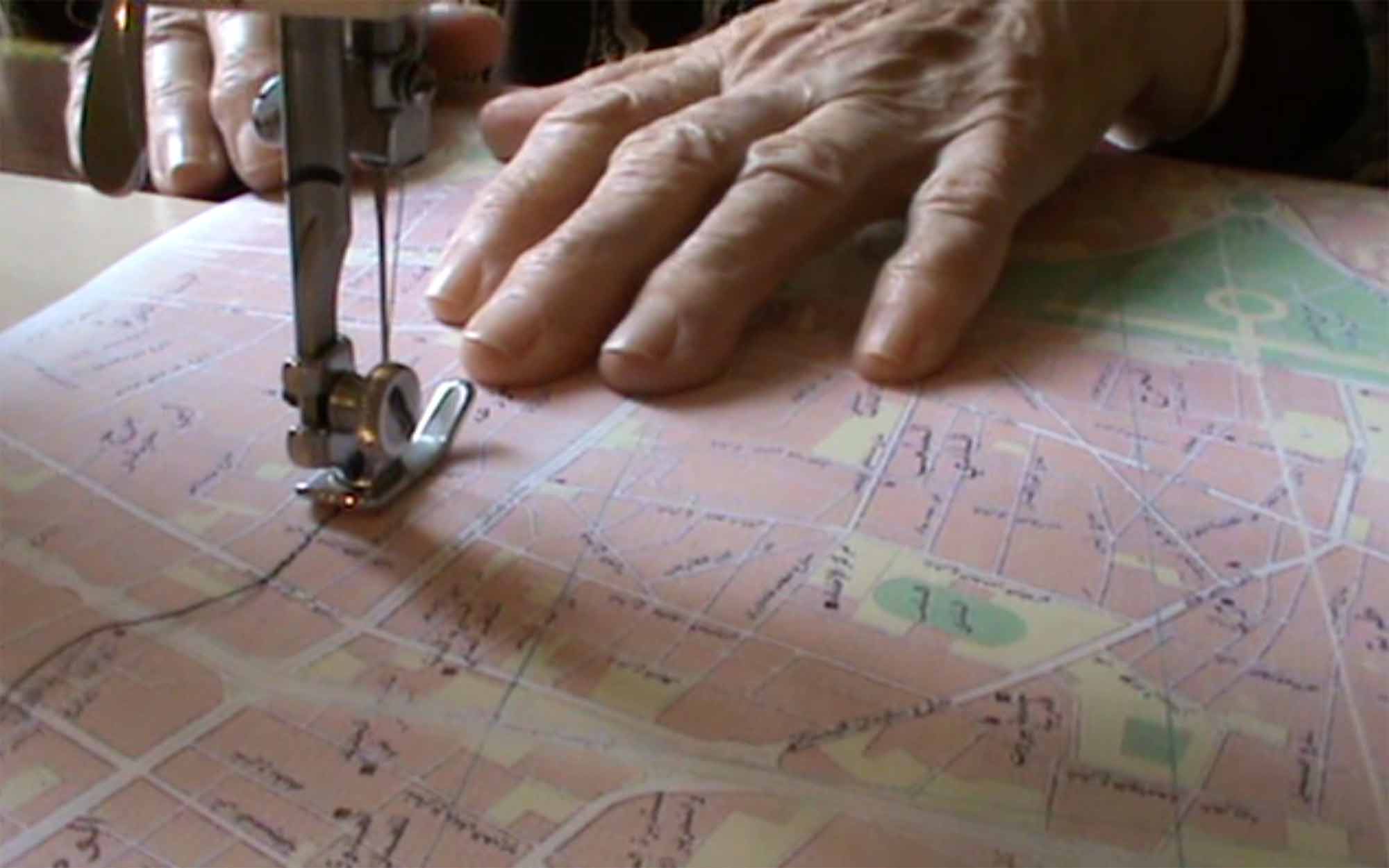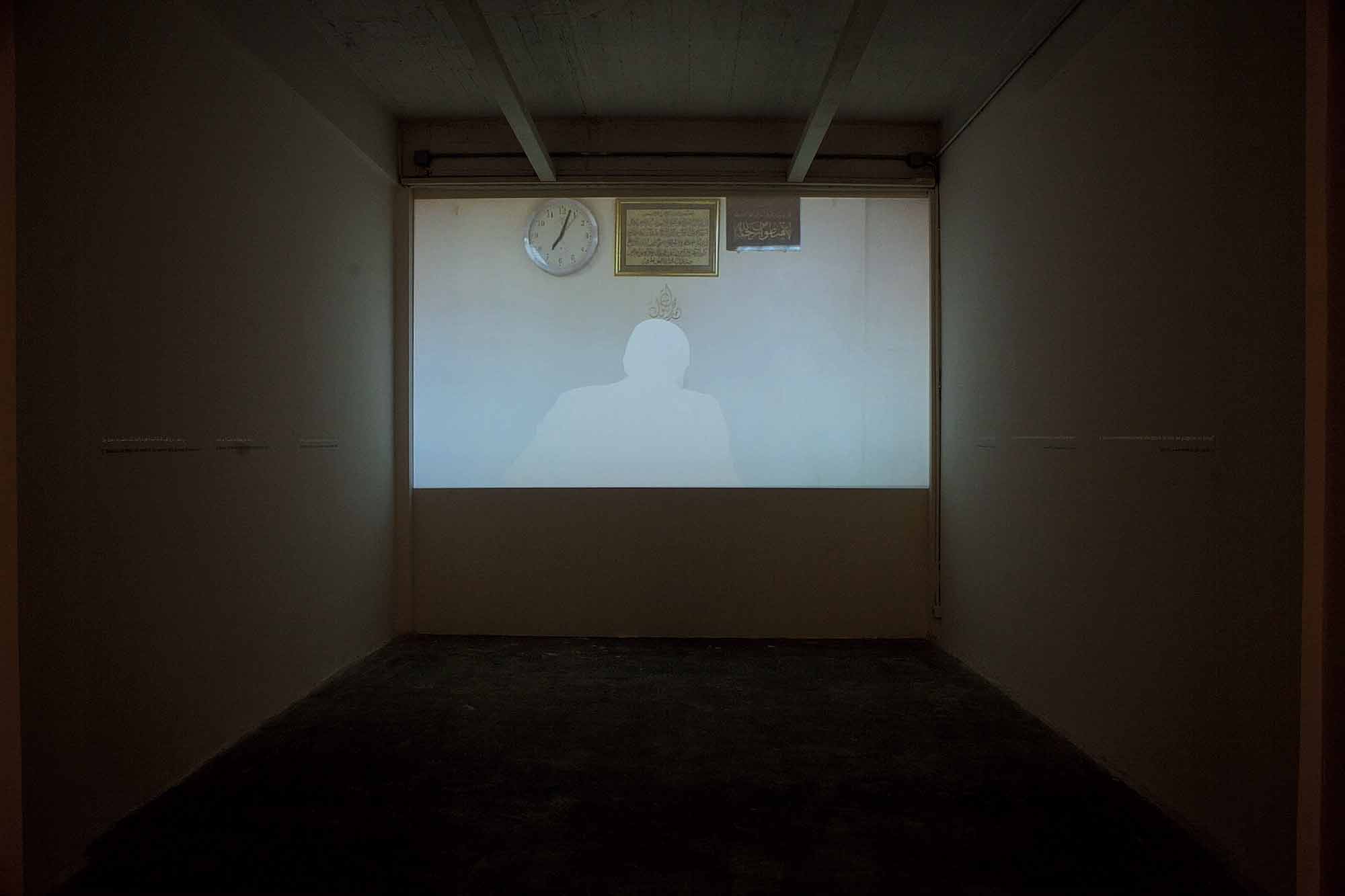- Login
Critical Spatial Practice






The political-sectarian conflict resurfaced in Lebanon since 2005 manifests a variety of physical borders in the urban space in the form of security checkpoints, demarcation lines and violent clashes. Yet these material occurrences and divisions extend into the immateriality of residents’ spatial practices in the form of bordering practices, that are tactical and/or critical – […]
The political-sectarian conflict resurfaced in Lebanon since 2005 manifests a variety of physical borders in the urban space in the form of security checkpoints, demarcation lines and violent clashes. Yet these material occurrences and divisions extend into the immateriality of residents’ spatial practices in the form of bordering practices, that are tactical and/or critical – through which residents resist and negotiate political strategies of conflict. Negotiating Conflict is a practice-led research project and 4 associated multimedia gallery installations that employ art processes to work with residents from the standpoint of their subjectivities and political differences. It proposes a method of negotiating borders; one that considers how artistic research can itself be considered as a form of a critical spatial practice and, in particular, a bordering practice – what the project terms critical bordering practice. This enables the rethinking of border positions, including those between disciplines – such as between practice and theory, art and social science – and between spatial conditions – such as between private and public, interior and exterior– as well as between media and modes of representation. This proposition leads to the transformation of certain borders particularly the positions of divisive political narratives.
The project negotiates the border conditions of administration, surveillance, sound and displacement, and produces new forms of bordering practices that transform borders into multiple shifting practices and representations that divide and connect through acts of negotiation and narration. In particular, it produces the following practices of bordering: in The Chosen Two, hiding behind the border of administration between an elected district’s representative and his fictional television character; in At Her Balcony, crossing the border of surveillance between two women at their balconies; in This is How Stories of Conflict Circulate and Resonate, translating the border of sound between riding in a taxi and walking journeys; and in The Twin Sisters are ‘About to’ Swap Houses, matching the border of displacement between twin sisters and their husbands. The project culminates into a book published by I.B. Tauris, 2019
Mohamad Hafeda is an artist, a writer and an academic. He is a founding partner of Febrik, a collaborative platform for participatory art and design research working on issues of refuge and spatial rights (Febrik.org). Hafeda holds a PhD degree in Architectural Design from the Bartlett School of Architecture, University College London (2015). He is a senior lecturer of architecture at Leeds Beckett University. Hafeda is the author of Negotiating Conflict in Lebanon: Bordering Practices in a Divided Beirut (I.B. Tauris, 2019). He is the co-author of Febrik’s projects Creative Refuge (Tadween, 2014) and Action of Street/Action of Room: A Directory of Public Actions (Serpentine Galleries, 2016), and the co-editor of Narrating Beirut from its Borderlines (Heinrich Boll Foundation, 2011,). Febrik collaborates with NGOs and cultural institutions. Their projects include residencies and exhibitions at the Serpentine Galleries, South London Gallery, Victoria and Albert Museum, Mosaic Rooms, and Architecture Biennale Rotterdam. Hafeda’s practice-led research projects include Sewing Borders (2017), a video commission by Ashkal Alwan for Video Works 2017, selected for the International Film Festival Rotterdam IFFR 2018 and Queer Lisbao International Film Festival 2018; The Chosen Two (2012), a multimedia gallery installation commission by the Beirut Art Center for Exposure 2012 exhibition; and Negotiating Conflict: Bordering Practices in a Divided Beirut art series (2010 – 2014) supported by AFAC Grant for Visual Arts, FFB Trust and UCL.
https://www.serpentinegalleries.org/files/downloads/ser_feb_publication_web_0.pdf
The definition put by Jane Rendell of ‘critical spatial practice’ as a practice that operates between disciplines and spaces, and offers alternatives to binary thinking; has helped structure my research method navigating through the multiplicity of border conditions. This method of bordering has been particularly relevant within situations of civil conflict where the notion of division is more complex than simply two separate sides, of us and them, and requires one to think through the border as an activity and a living condition. It also considers the artist/researcher’s position to be inseparable from the politics of the borders that are being investigated. The resultant is the production of new narratives that operate across people, spaces, times, media and representations, and have the potential to expose the construction of certain dominant narratives and question their hegemony.
Mona Hatoum, Measures of Distance, (1988)
Rabih Mroué, Who’s Afraid of Representation? (2005)
Jane Rendell, Art and Architecture: A Place Between, (2006)




































































